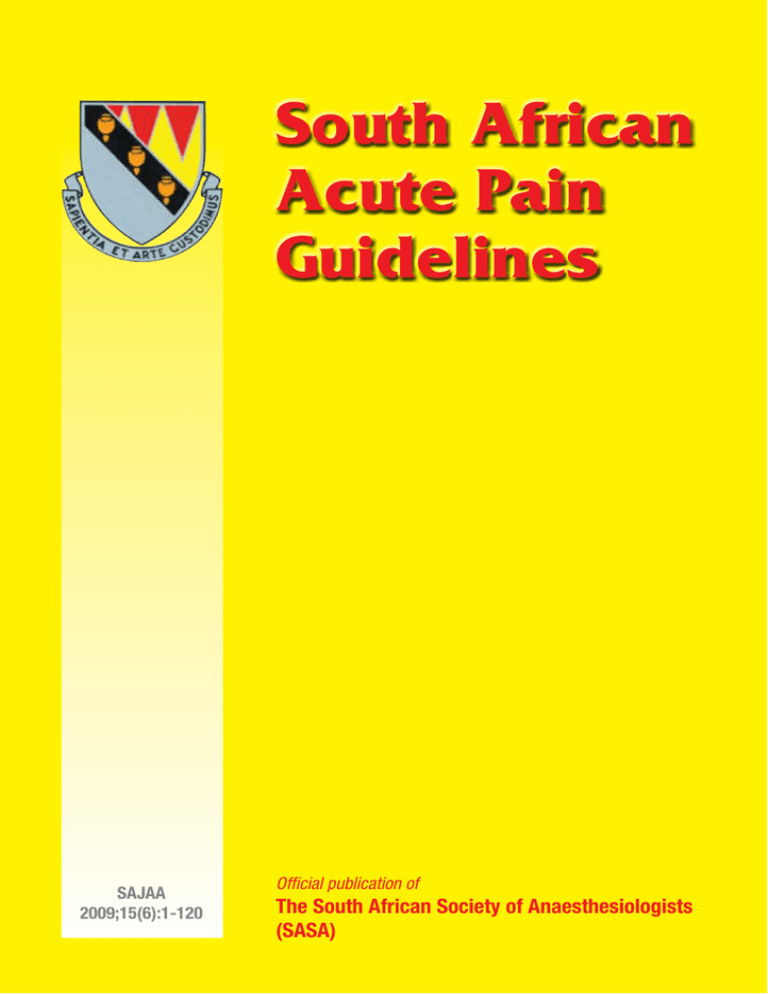
Diagnosis and Treatment of Psychiatric DisordersĪfter assessing psychiatric symptoms, a psychiatric diagnosis is made.

Psychiatric input can help evaluate or treat these side effects. Some pain medications cause unusual or serious side effects.įor example, NMDA receptor antagonists can cause significant anxiety, hallucinations, or cognitive problems. Differentiating side effects and underlying psychiatric illness is crucial and medication recommendations to decrease side effects can be helpful. Many drugs used for pain cause psychiatric symptoms, including sedation and depression. Psychiatric interactions with medications. As well, neither condition may get better unless you treat both. For example, if someone has depression and pain, treating just one does not necessarily mean the other will go away. For example, depression occurs in 8-50% of patients with pain,³ anxiety in 19-50%,⁴˒⁵ PTSD in 10%,⁶ sleep disturbance in 50% or more,⁷ and drug and alcohol problems in 3-19%.⁸ If multiple disorders are present, it is necessary to treat them all. There is a high level of psychiatric co-morbidity with chronic pain. If psychiatric disorders were present prior to a pain disorder diagnosis, there is increased risk for recurrence.Ĭurrent psychiatric symptoms.

Prior psychiatric functioning and psychiatric diagnoses. This article will review the benefits of this modality.īenefits of psychiatric pain management include:ĭiagnosis and treatment of psychiatric disordersĮvaluation of psychiatric medication for painĪ psychiatric pain management evaluation assesses: However, when you refer your patient to a pain management psychiatrist or psychologist, clearly telling patients in what ways they may benefit will increase the number who actually attend treatment, practice skills, and thus benefit from psychiatric pain management therapy.


 0 kommentar(er)
0 kommentar(er)
